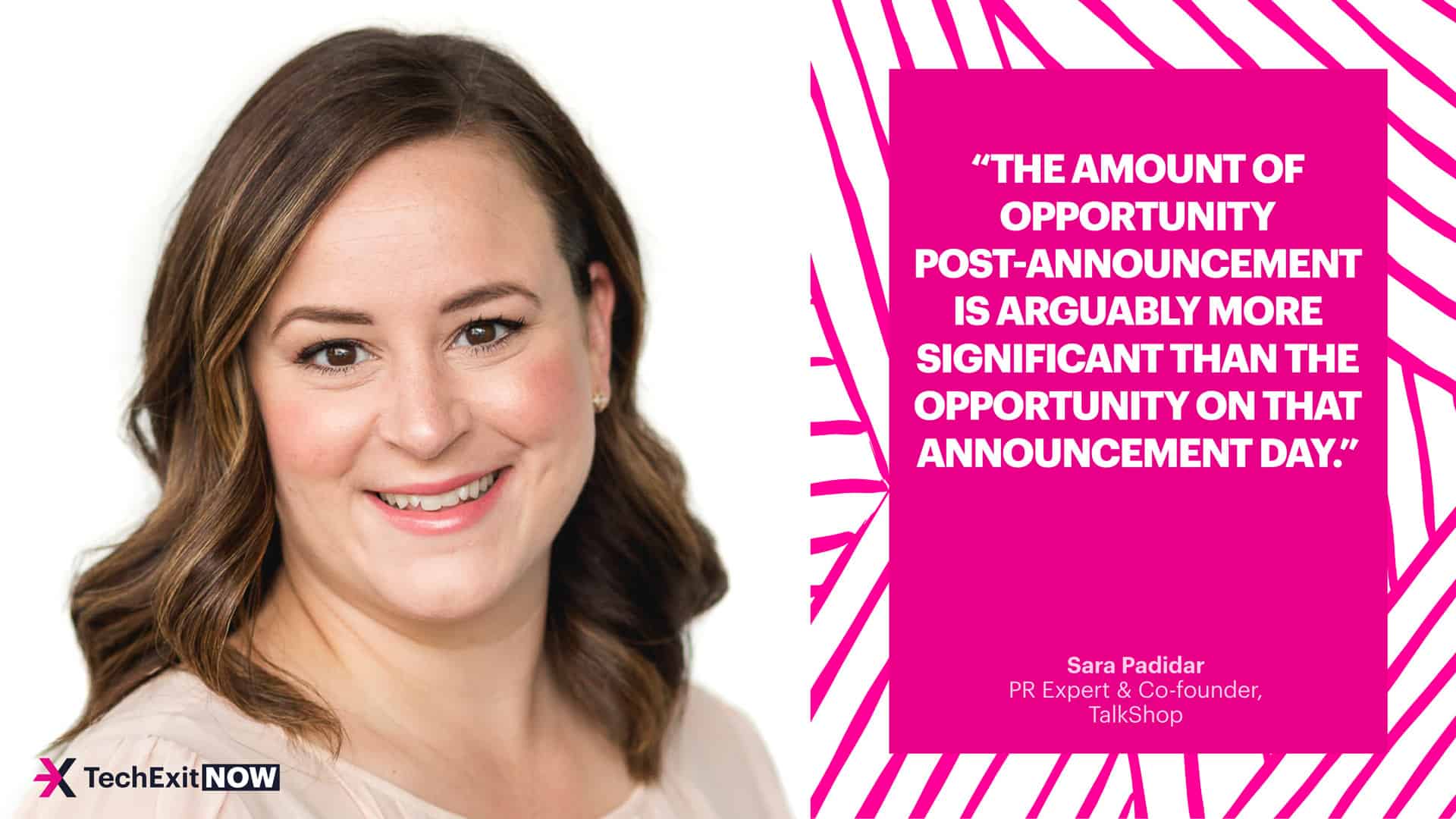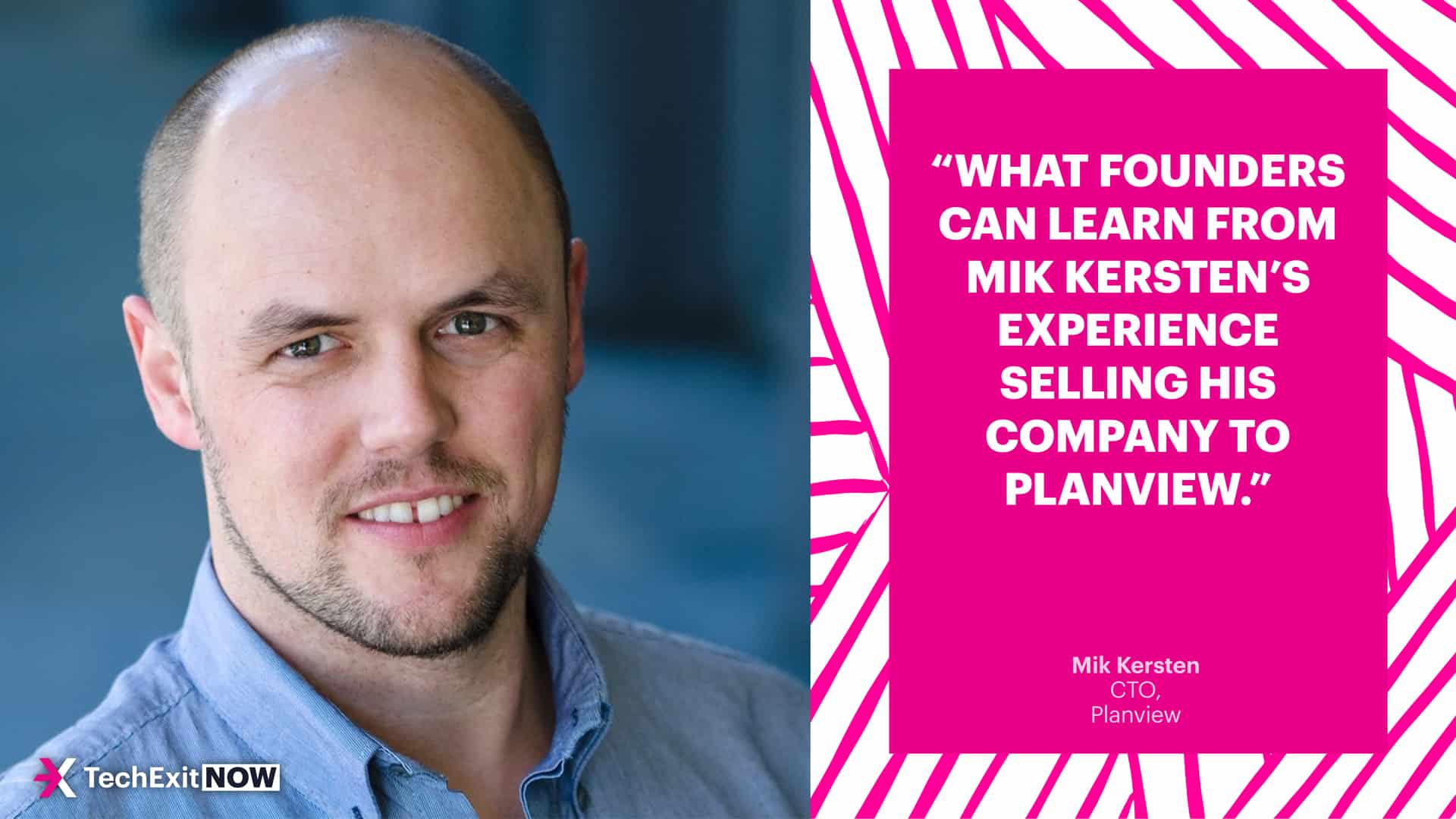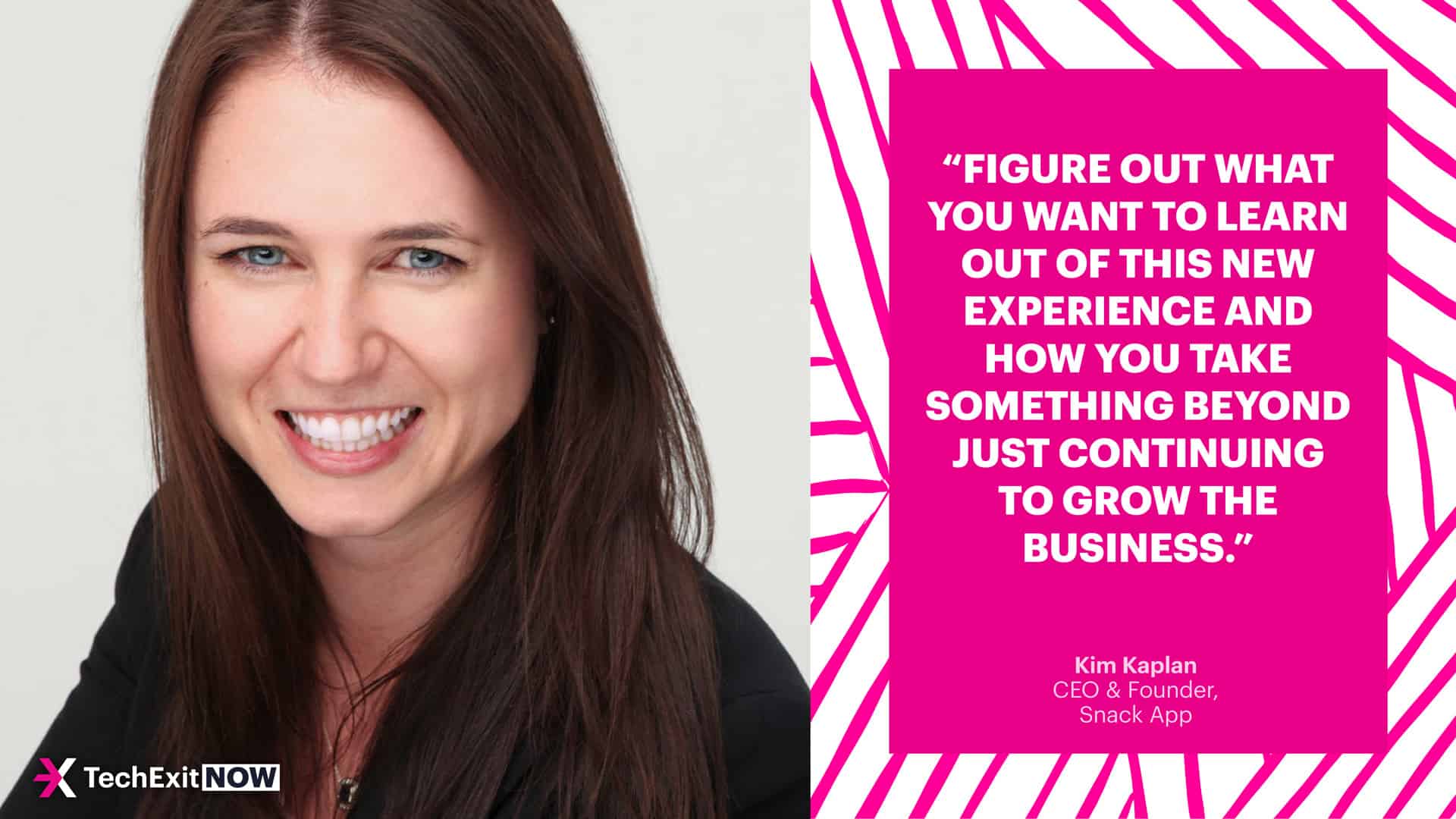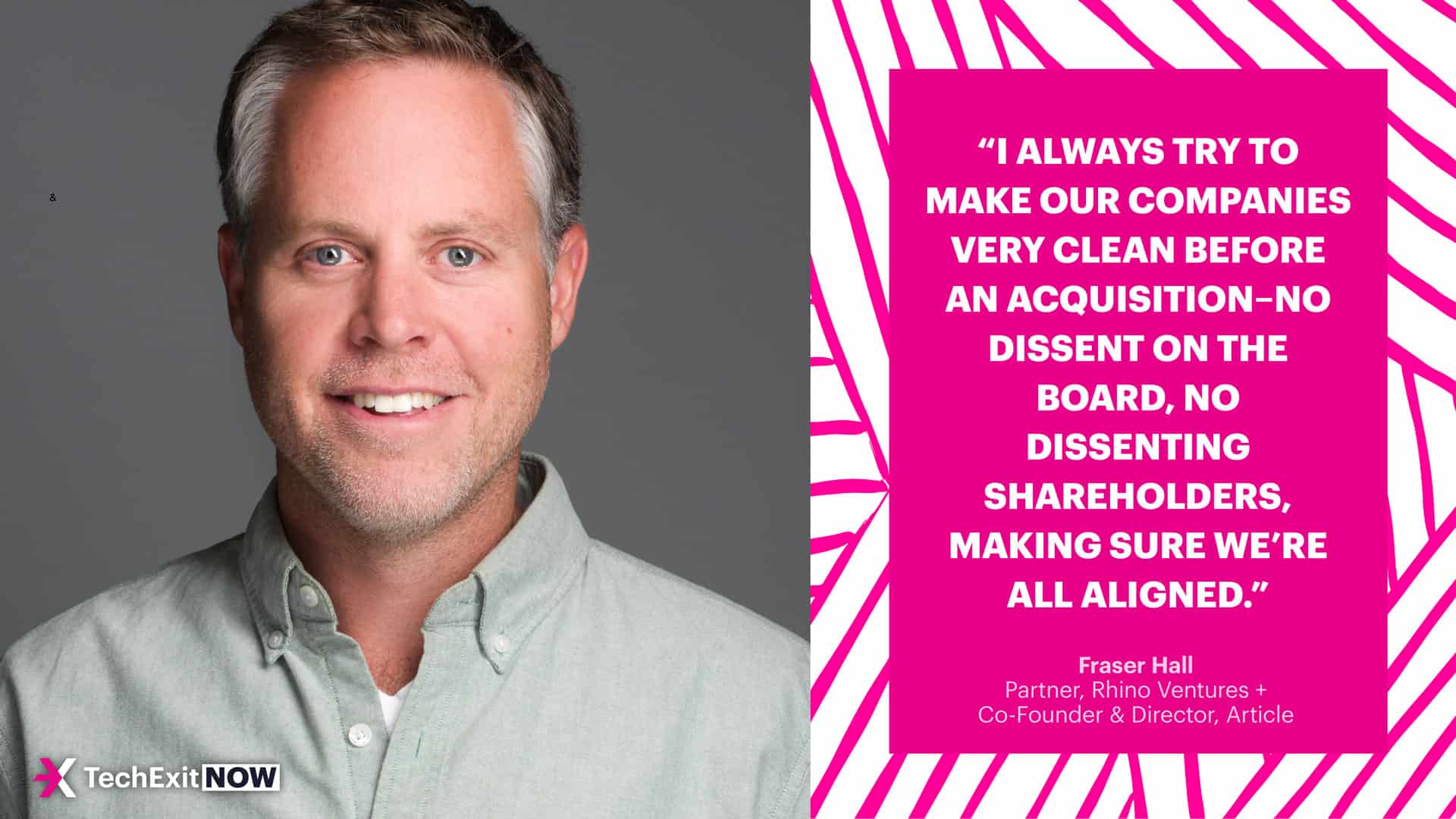How To Use M&A To Launch Your Startup In A New Country
Stefan Palios
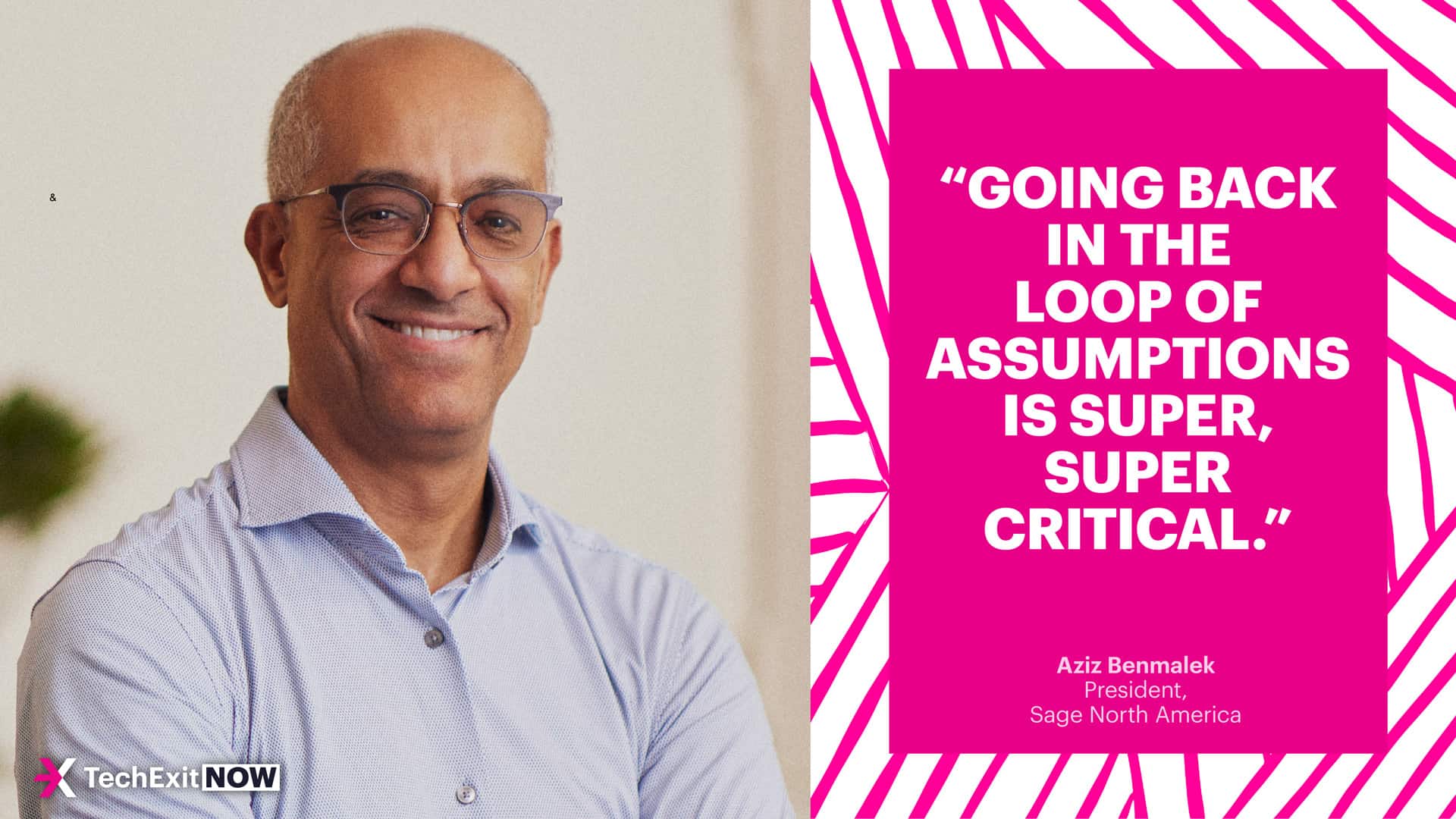
A common M&A growth strategy is geographic expansion. For instance, a Canadian company gains a foothold in the US by acquiring an American startup. But what about a Canadian company acquiring a UK startup to gain a foothold in the US? This kind of multi-step approach is what business software company Sage has been doing for years. Speaking with TechExit.io, Aziz Benmalek, the President of Sage North America, shared his strategies for M&A-led geographic expansion.
Key takeaways:
- Identify your goals via a solution map that looks at vertical industry coverage, horizontal value within each industry, and geographic coverage goals.
- You can expand with a single-point acquired solution first or roll up the acquisition into your full-featured platform.
- Choosing the right path depends on market factors like language, ways of work, and regulations.
When it comes to geographic expansion, finance, HR and payroll software giant Sage is open to taking a multi-step route—the company has acquired multiple regional players and leveraged them as multi-country geographic expansion launchpads.
Speaking with TechExit.io, Aziz Benmalek, the President of Sage in North America, shared his strategies for M&A-led geographic expansion that any startup can borrow.
Start with internal understanding
A lot of startup M&A insight preaches purpose: a good startup acquisition needs to fit within your culture and accelerate your roadmap in some way.
While these adages are true for Sage, Aziz describes his process a little differently. Rather than only looking toward a roadmap, he thinks about a “Solution Map” with three prongs to it:
- Vertical industries: Where the company has existing exposure and where they want to expand to. For example, Aziz said Sage has a strong presence in the Canadian construction industry.
- Horizontal solutions: How Sage can help companies in different areas of their value chain. For example, Aziz shared that while Sage is strong in construction accounting, they want to offer more value in the project planning and pre-construction areas of business.
- Geographic coverage: This is where the company is already strong, where they want to expand, and where its existing products can add value.
This, said Aziz, helps the company identify what gaps need to be filled. To decide what action to take, the company runs through the classic build, partner, or buy question with a focus on the “fastest route to market.”
“[We are] always looking for ‘what is the next closest from the value that is being provided today from a products and solution point of view,’” said Aziz. “We are not going far away from what's being provided because that's how we will add the real value.”
Two strategies for M&A-led geographic expansion
When the goal of an acquisition is geographic expansion, Aziz said the key question is how you can bring an offering to markets around the world.
Aziz said Sage has two core approaches:
1. Launch with an acquired point solution then expand with an integration
When Sage acquired UK-based GoProposal, Aziz said the company opted to keep the brand and product separate at first. As a result, the product is still available as a standalone offering. However, planned integrations with Sage mean that existing Sage customers can access GoProposal’s features more easily and GoProposal customers can easily step into the Sage product ecosystem.
This strategy can work if the company you’re acquiring is already well-known in a specific market. It’s also helpful if you want to test the waters in a new market without diluting your core brand identity.
2. Roll up the acquisition into the main product, then expand with a complete offering
Sage’s acquisition of another UK-based firm, Futrli, had a slightly different geographic expansion story. Rather than launching as a separate platform, Aziz said the team integrated Futrli into Sage’s cloud accounting offering before bringing the product to Canada.
This approach can be helpful for companies that have a platform approach to growth. By first integrating and testing in your strongest markets, you can use that experience–and customer feedback–to launch in different, more mature markets that demand a full-featured product.
Choosing which path to take
Not sure which path might work for your startup? Here are the decision-making criteria Aziz uses at Sage:
Legislation: Are there legislative or regulatory rules to consider? If so, is it easier to build a single platform to meet demands or does a potential M&A target already meet the requirements, meaning you can go to market faster?
Customer needs and ways of work: In your target country, do customers like using technology in a certain way? If so, which UX is more easily adjusted to meet local needs?
Cultural factors and language: Do you have the infrastructure to support different languages or cultural changes? For instance, if you acquired a France-based startup, their team might help you launch in Quebec more quickly than an English-speaking Canadian team.
Launch is only step one
Finding a smart launch pathway is great, but Aziz cautioned it’s only step one. Like many seasoned business leaders, he knows that the moment you try to execute the plan, things will change.
As a result, Aziz said it’s much more important to check on the assumptions you held when creating your plan rather than the plan itself. If something is going awry or looks like it’s headed in the wrong direction, see if all of your original assumptions still hold true. If they don’t, that should guide your analysis and decision-making for the future.
“Flexibility and ability to step back and be in test mode [to see] what is working, what is not working and going back in the loop of assumptions is super, super criticaBACK




